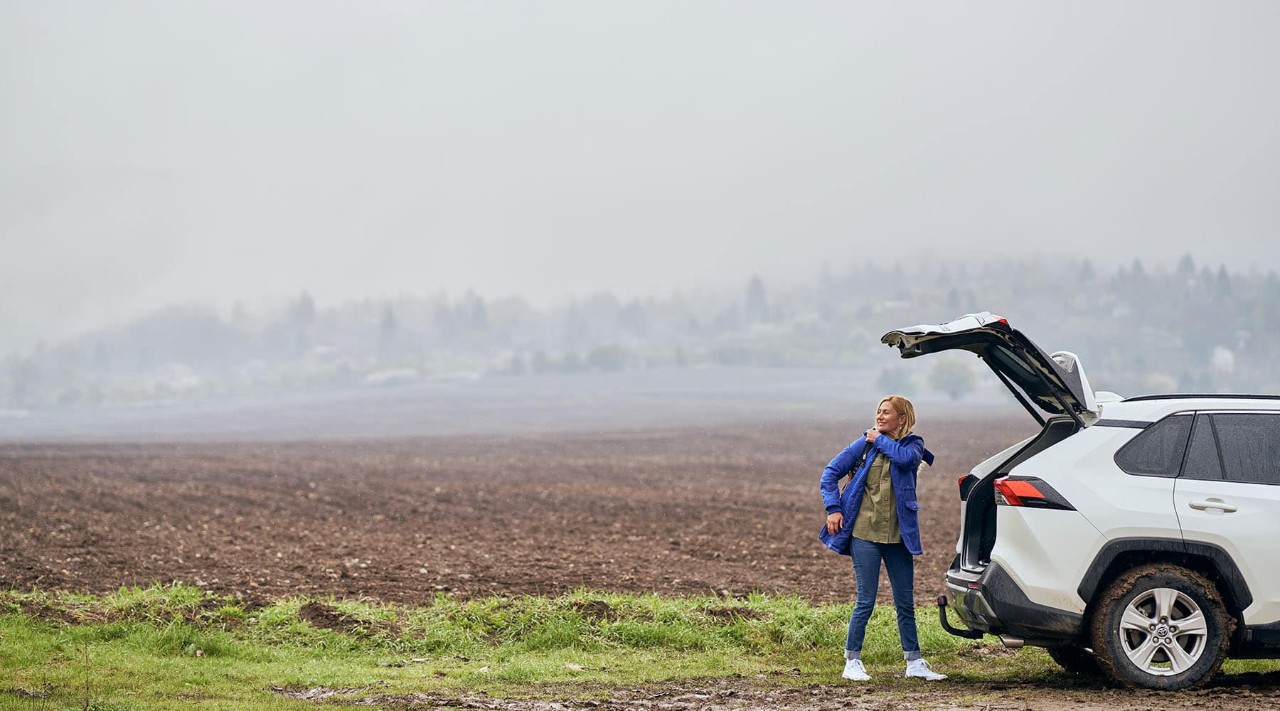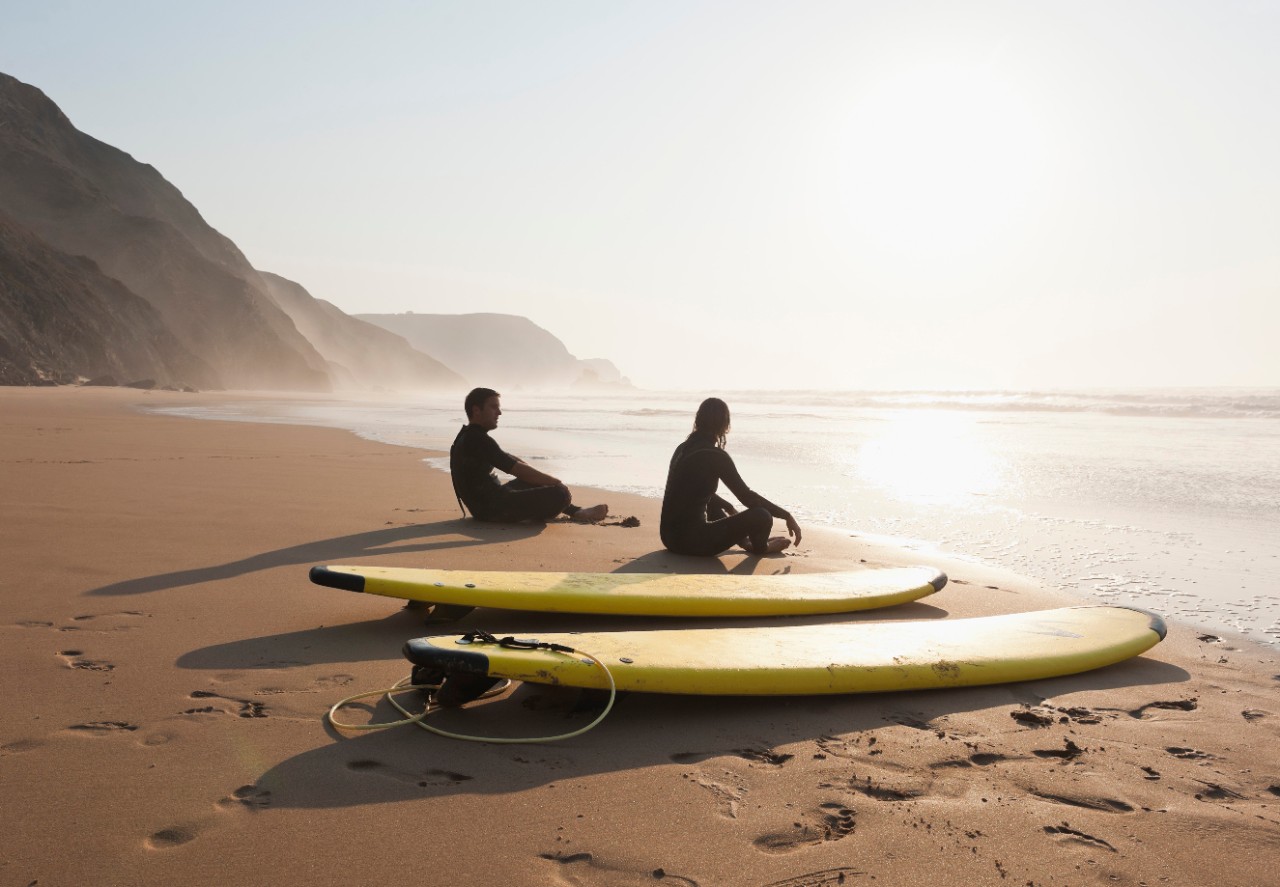5 steps to get your car winter ready
by Rachel Hanratty | 2 min read November 12th, 2020
5 Steps to Get Your Car Winter Ready
It’s always important to get your car winter ready, but with many of us using our cars less right now (thanks to COVID-19) it’s even easier to get caught out this year. By taking these 5 steps, you can ensure your car is in tip-top condition when you need it.
1) Start your car at least once a week
The battery is your car’s life source. If you’re not using your car regularly there is a strong possibility that your battery could lose its charge. To avoid this, start your car every week, and if possible, leave running for about 20 minutes. Batteries take their charge from a running engine, so consider using the car once a week for the shopping run (while complying with government restrictions, of course). If there are two cars in the family or household, consider alternating their use so that one is not left completely idle over winter.
2) Check your tyre treads and pressure
Cold and damp roads can dramatically affect the performance of tyres, leading to an increased risk of having an accident. According to the Road Safety Authority, tyres must have a tread depth of at least 1.6mm, but a minimum tread depth of 3mm is advised for winter driving. And don’t forget to check your spare!
3) Check your liquids
As the weather gets colder, there is a good chance that your windscreen wiper fluids may freeze. To avoid this, try to have a mix of water and antifreeze for the colder months. The winter months also result in more dirt, salt, grit, and other road grime leading to the more frequent use of washer fluid, so make sure you check washer fluid levels regularly. You should also check the oil levels in your car using your dipstick and top up the oil if necessary. Look for signs of oil leakages on the ground under the car and if you see any, bring your car to get checked out.
4) Invest in de-icing equipment (e.g. deicer spray and/or ice scraper)
We’ve all been there at some point, trying to hurriedly clear a car’s windscreen of ice in the mornings – often with the sleeve of a jacket or by sitting in the car with the heating on max while trying to wipe the ice off. Having a de-icer in the car, and ideally a second one in the home, will allow you to quicken this process saving you time (and your windscreen wipers). Note: do not use hot or boiling water to defrost your windscreen! The sudden change in temperature could cause the glass to crack or worsen any small chips that may already be there.
5) Be prepared
If 2020 has taught us anything, it’s that anything can happen. Consider creating a winter pack or popping a few of the following items in your boot for the off-chance your car breaks down, or you get caught in bad weather:
- A high visibility vest (it’s best practice to always have a hi-vis vest or jacket and a reflective warning triangle in your car).
- Have a charged phone and/or a car charger for your phone
- A torch with batteries (it’s no use to you if it doesn’t work!).
- A blanket or extra clothing.
- If particularly bad weather is forecast (snow and ice) and you still have to travel, a small shovel or spade can help to clear around a vehicle. (Remember: if you’re stuck in snow or ice and your wheels aren’t getting any traction, you can put the floor mats under your tyres to get you moving.)
This guidance is for general information purposes only. Allianz accepts no responsibility or liability for any losses that may arise from any reliance upon the information contained in this guidance.
Sources:
https://www.rsa.ie/PageFiles/5206/Tyre_Safety_Information_Guide_.PDF
https://www.winterready.ie/en/guides/road-safety
https://www.halfords.com/motoring/advice/essential-winter-driving-kit-checklist.html
https://www.torquenews.com/1083/how-often-and-how-long-run-vehicle-during-covid-19-pandemic-closures-keep-it-charged-and-running






